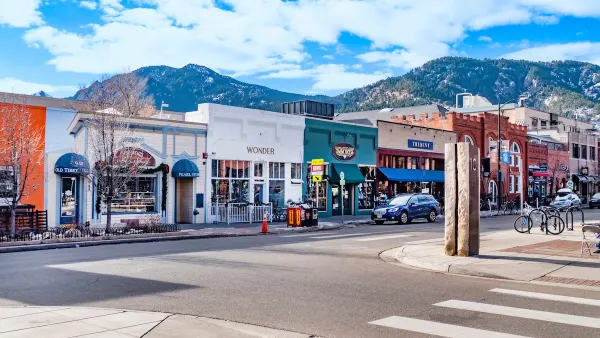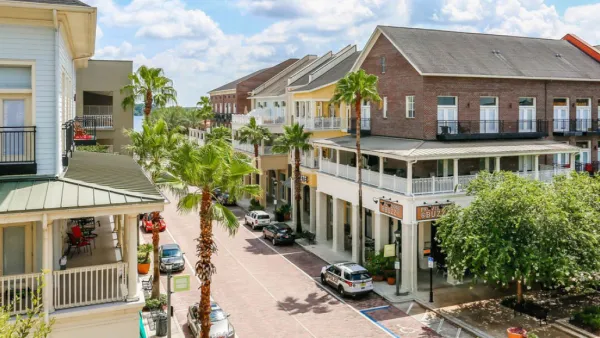Though 78 percent of Mexico’s population is urban, for the past three decades it's been importing a disastrous development pattern from its northern neighbor - urban sprawl. A new set of institutions and policies are aimed at reversing the trend.
"In the past three decades, Mexican cities have followed a '3D' growth pattern – new developments have been Distant, Disperse and Disconnected, resulting in the fragmented and unplanned expansion of urban sprawl," writes Rodrigo Diaz. "According to estimates by the Ministry of Social Development (SEDESOL), the urban population has doubled in the last 30 years while urban land area has expanded six fold. This kind of sprawling urban development turns out to be highly unproductive, deepens inequality, raises pollution levels, and increases greenhouse gas emissions."
The creation of a federal Ministry of Urban, Territorial and Agricultural Development (SEDATU) in 2012 and the completion of a National Development Plan (PND) earlier this year, are among the promising steps being taken to "address the huge economic, social and environmental costs posed by urban sprawl."
FULL STORY: Making way for urban reform in Mexico

Planetizen Federal Action Tracker
A weekly monitor of how Trump’s orders and actions are impacting planners and planning in America.

Maui's Vacation Rental Debate Turns Ugly
Verbal attacks, misinformation campaigns and fistfights plague a high-stakes debate to convert thousands of vacation rentals into long-term housing.

Restaurant Patios Were a Pandemic Win — Why Were They so Hard to Keep?
Social distancing requirements and changes in travel patterns prompted cities to pilot new uses for street and sidewalk space. Then it got complicated.

In California Battle of Housing vs. Environment, Housing Just Won
A new state law significantly limits the power of CEQA, an environmental review law that served as a powerful tool for blocking new development.

Boulder Eliminates Parking Minimums Citywide
Officials estimate the cost of building a single underground parking space at up to $100,000.

Orange County, Florida Adopts Largest US “Sprawl Repair” Code
The ‘Orange Code’ seeks to rectify decades of sprawl-inducing, car-oriented development.
Urban Design for Planners 1: Software Tools
This six-course series explores essential urban design concepts using open source software and equips planners with the tools they need to participate fully in the urban design process.
Planning for Universal Design
Learn the tools for implementing Universal Design in planning regulations.
Heyer Gruel & Associates PA
JM Goldson LLC
Custer County Colorado
City of Camden Redevelopment Agency
City of Astoria
Transportation Research & Education Center (TREC) at Portland State University
Jefferson Parish Government
Camden Redevelopment Agency
City of Claremont





























